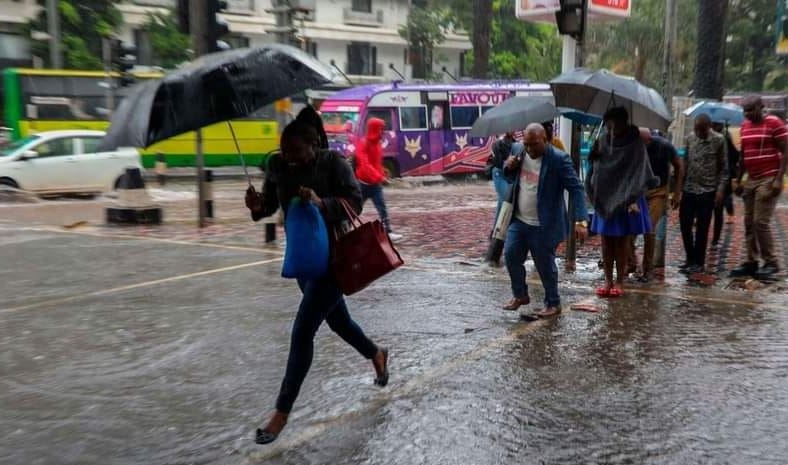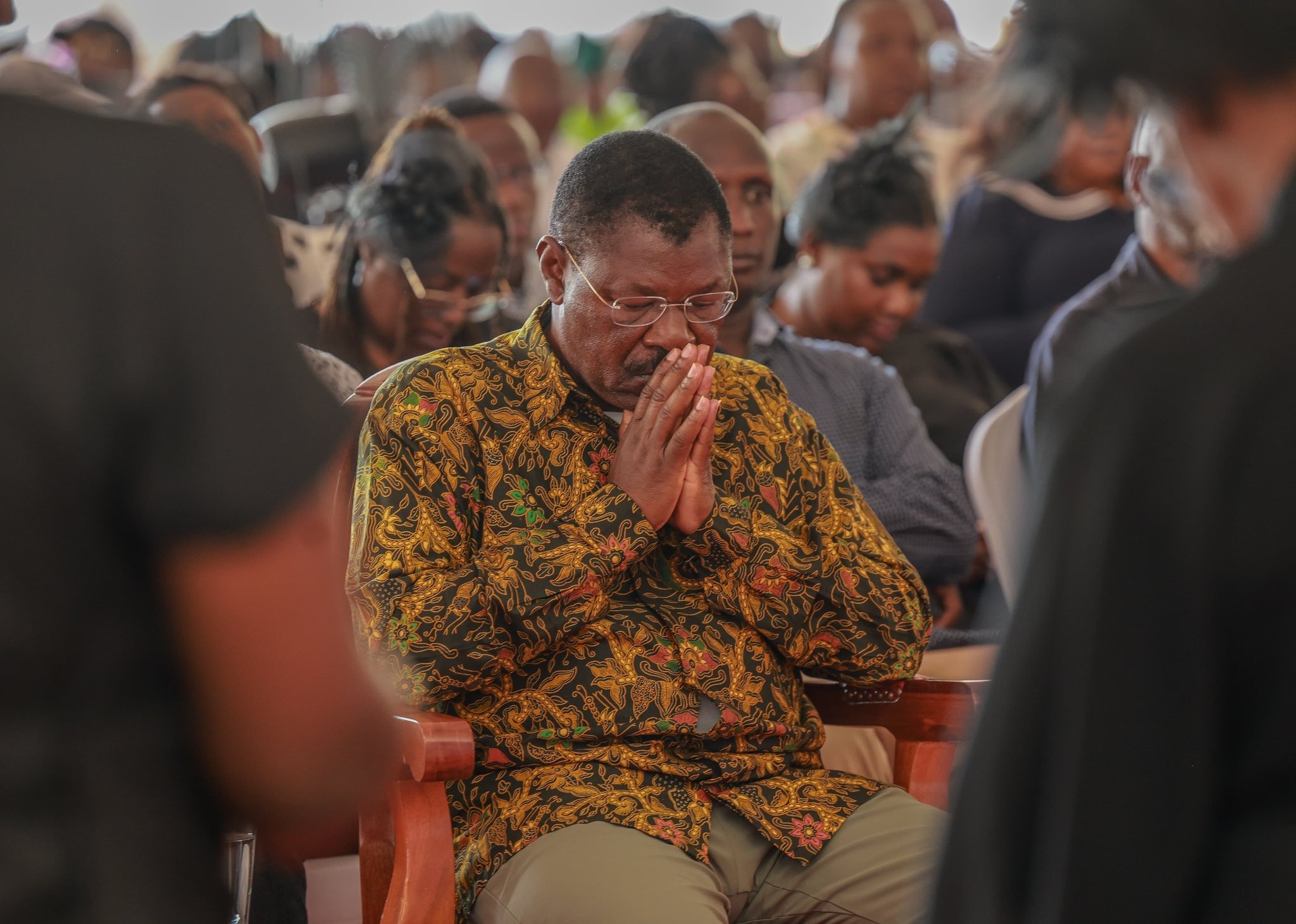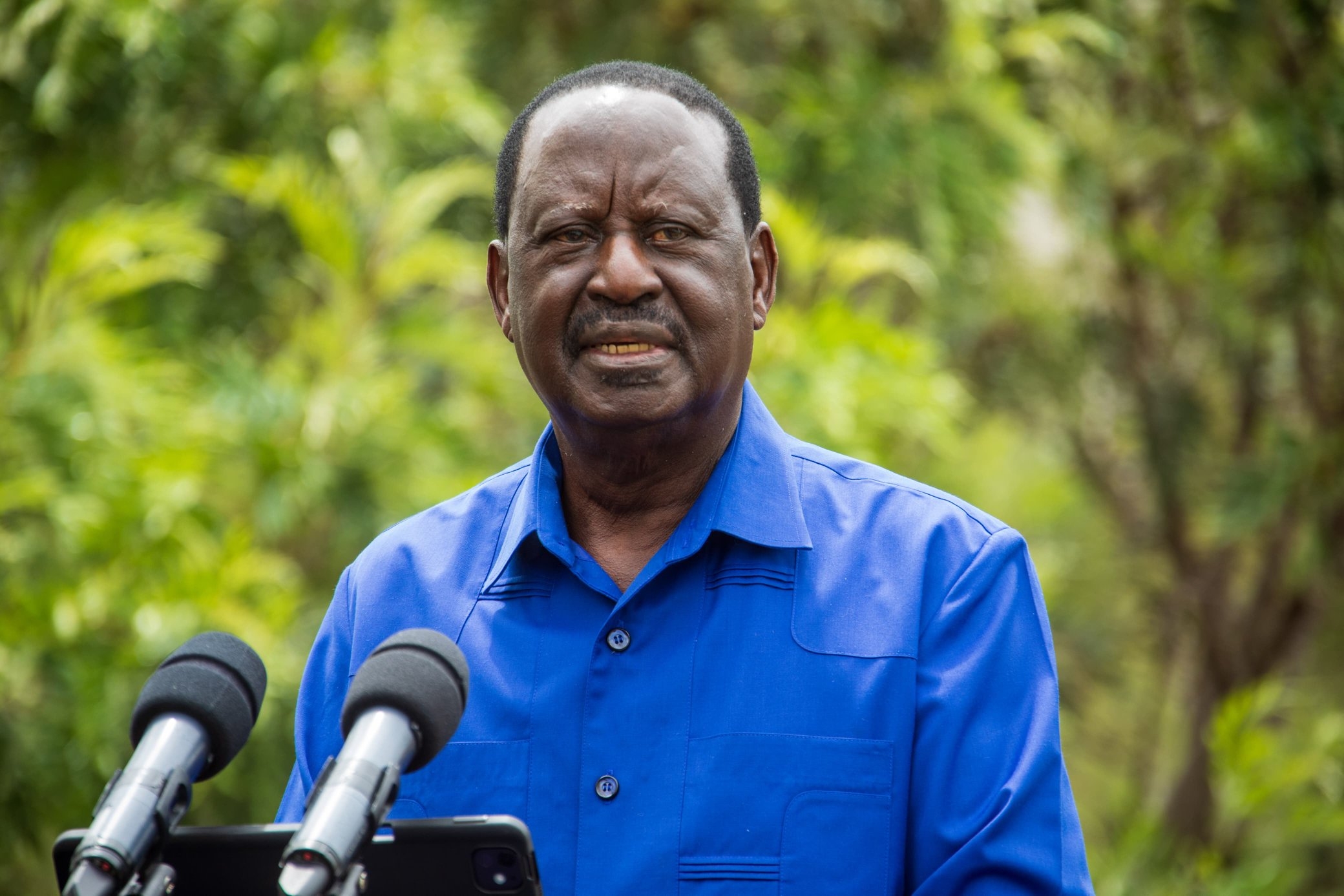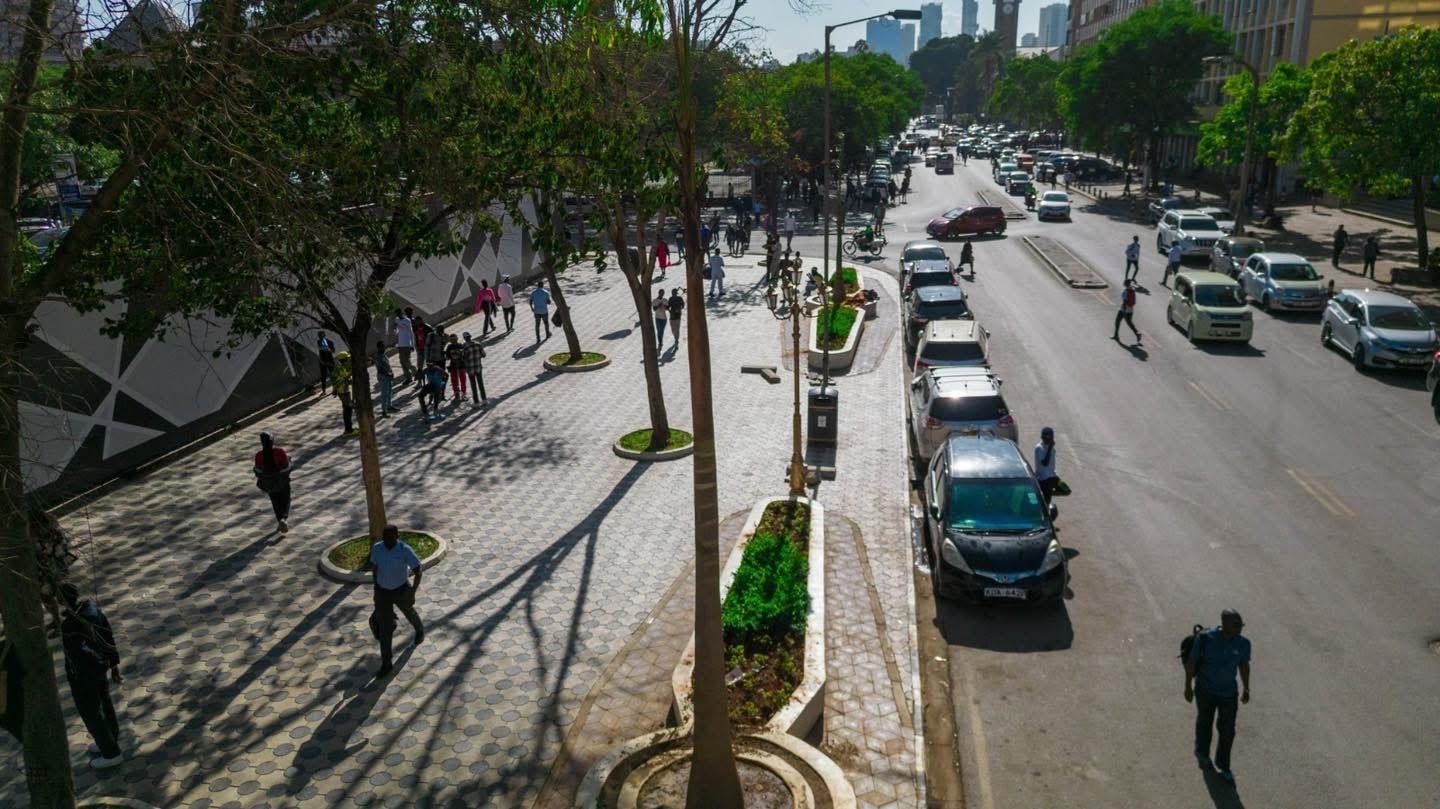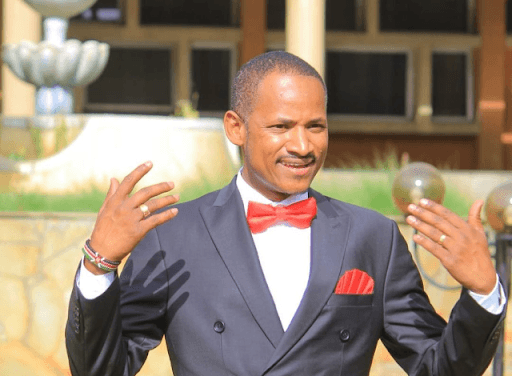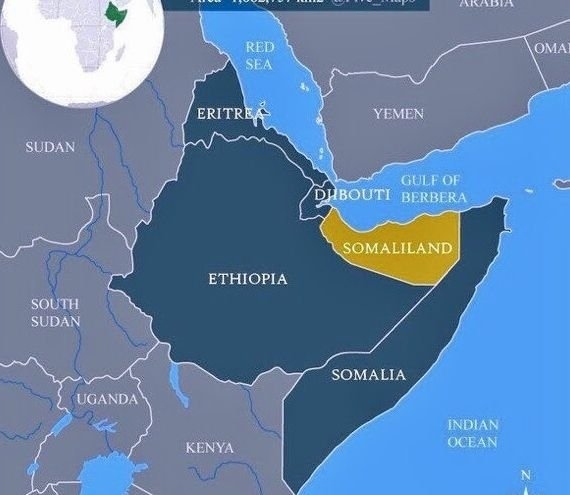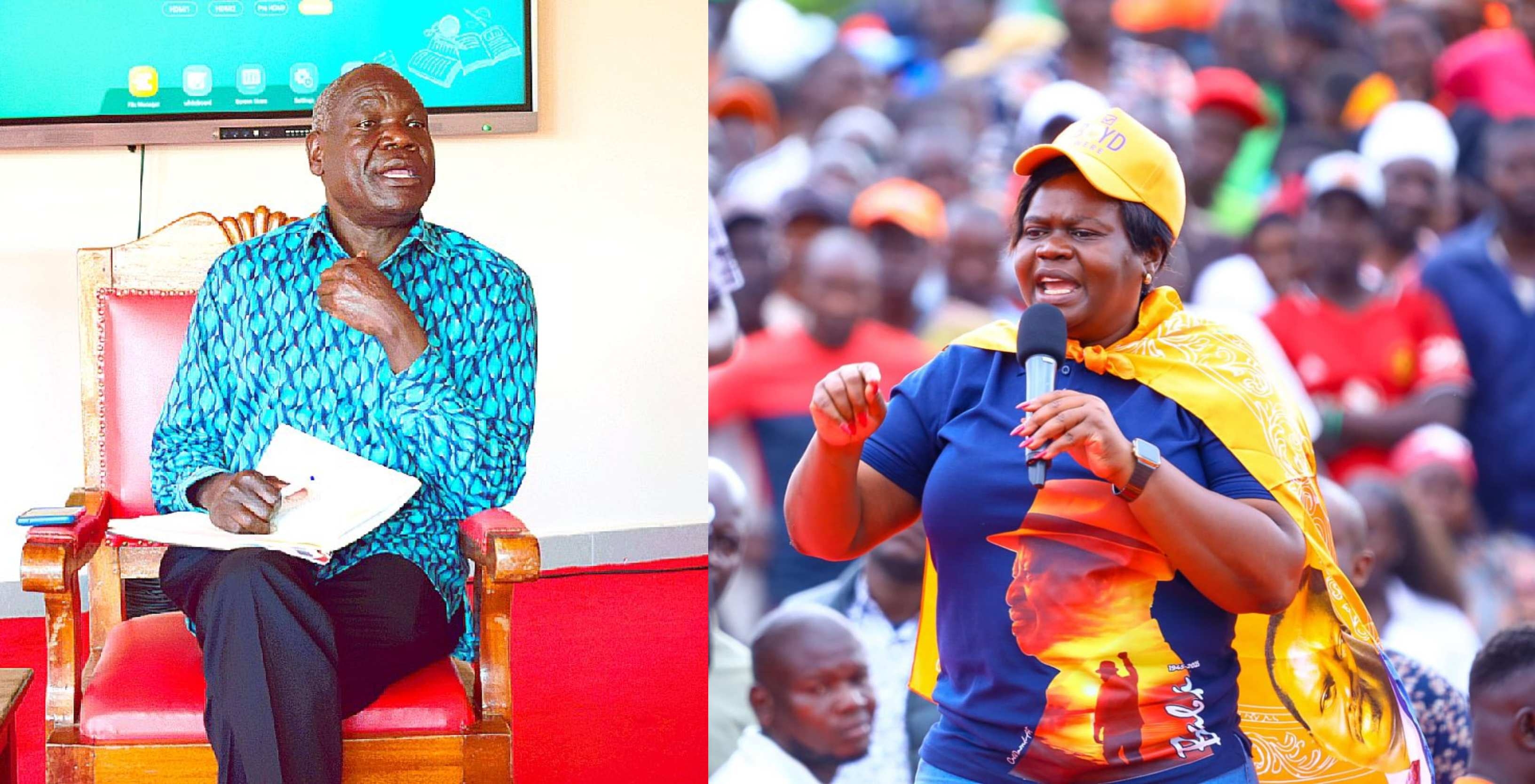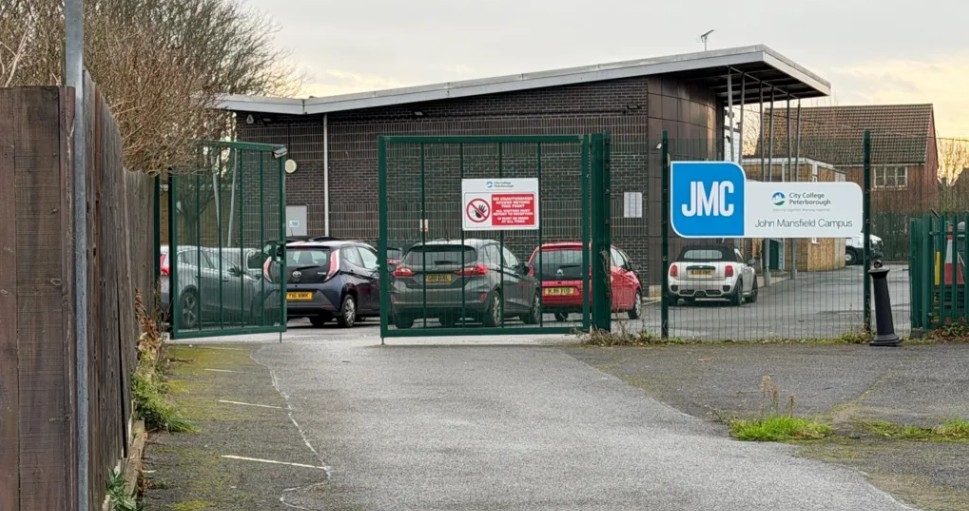
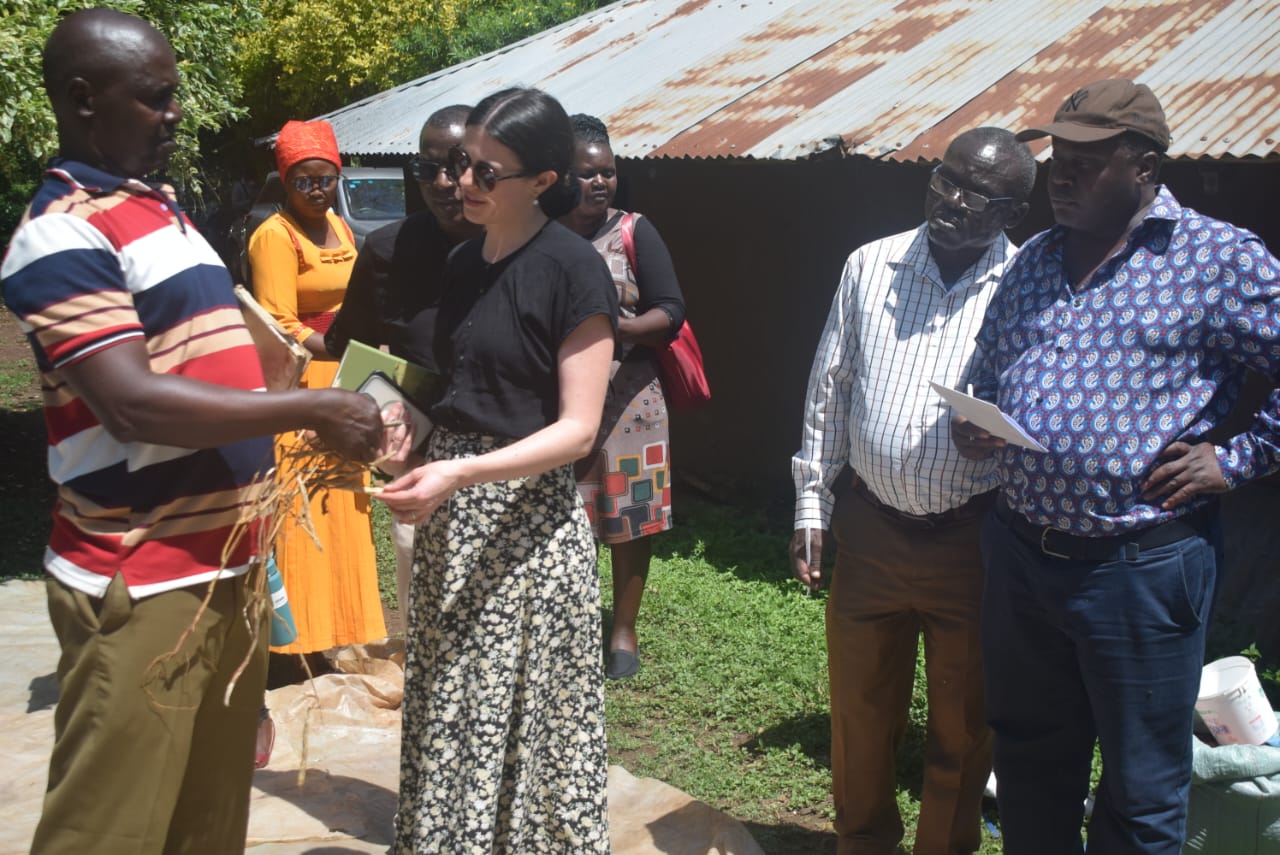
Crop farmers in remote villages of Homa Bay are now using weather forecast
information to guide their farming activities and reduce losses.
With access to weather updates, farmers are able to make informed decisions in their crop production processes.
Most of them
have been trained on how to access and use weather data to support their work.
More than 10,000 farmers are currently using the
information to plan their farming activities.
The training and capacity building have been
supported by the UK government through the Weather and Climate Information
Services (WISER) programme and the Enhancing Climate Change Resilience in East
Africa (ECREA) project.
Through WISER, experts from the Kenya
Meteorological Department (KMD) and the UK Met Office have been working
together to share knowledge and improve weather forecasting.
In Homa Bay, weather observation is conducted
from a station on Rusinga Island.
According to KMD Director of Meteorological
Services Paul Oloo, the station plays a key role in producing weekly, monthly,
and seasonal forecasts.
"The meteorological department provides weekly forecasts to farmers in Homa Bay. The information helps them plan daily tasks, such as applying chemicals to manage pests and diseases," Oloo said.
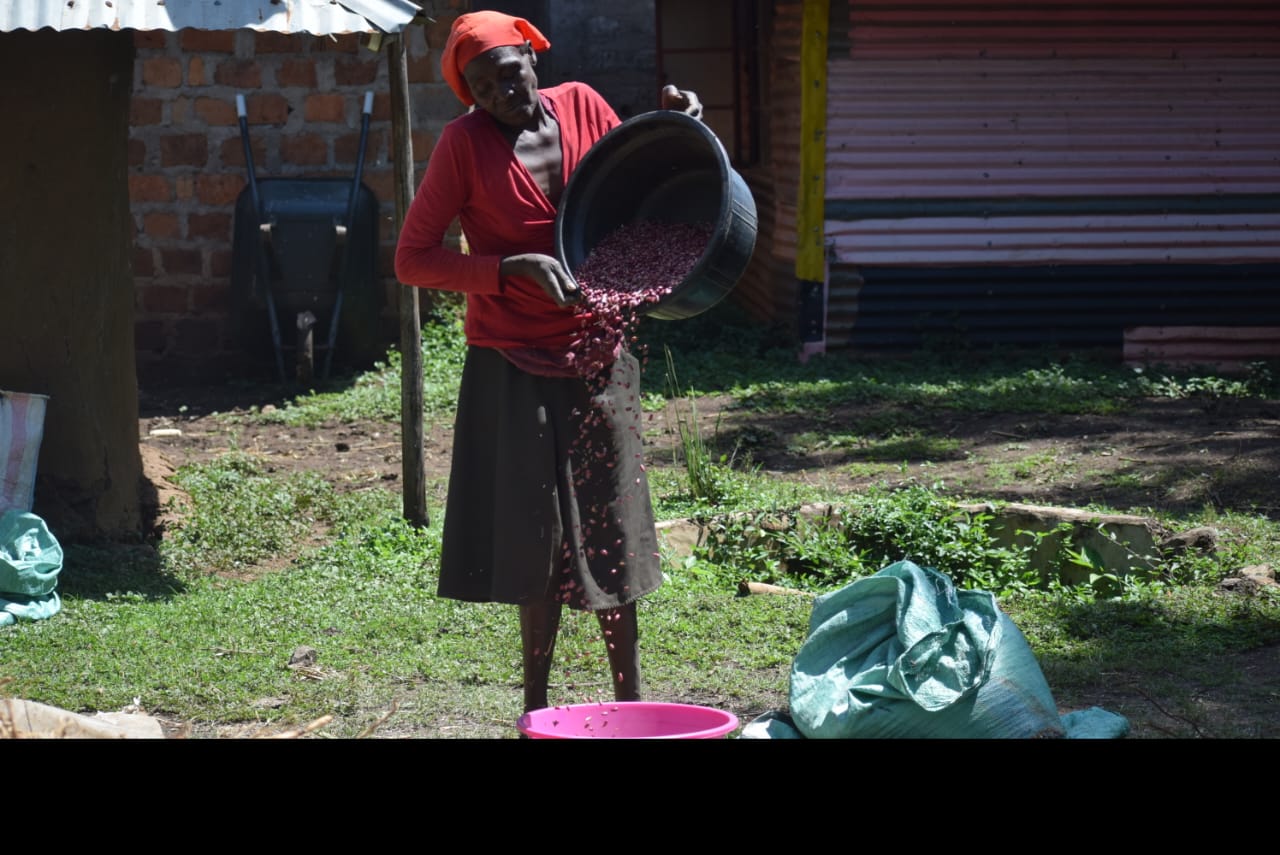
At the station, KMD staff collect data on
various elements, including rainfall, humidity, and solar radiation.
This data is sent to KMD headquarters, where it is analysed and shared with
farmers through platforms such as WhatsApp groups.
Clapham Rhiannon, a Nairobi-based Climate
Advisor at the British High Commission, said the project aims to improve
weather forecasts to promote better farming practices.
Since 2015, the initiative has helped 2.7
million people in Kenya adapt to climate and weather challenges.
“The advisory services are provided to farmers
when needed. This builds trust and empowers them to improve crop production,”
Rhiannon said.
She noted that the project has supported
women, men, and youth in enhancing food security. The information has also
encouraged farmers to venture into horticulture.
During a recent visit to Homa Bay, project
stakeholders met with farmers in Lambwe, Suba North constituency, who are using
the forecasts to guide their planting.
Among them is Samuel Sana, a bean farmer from
Agulu Kituo village.
“Previously, we harvested less than two bags
of beans per acre. But since I started following weather information, I now get
more than 10 bags from the same land,” Sana said.
ECREA Project Lead Desire Kagabo said the goal
is to reach 400,000 farmers across Kenya, Uganda, Tanzania, and Rwanda.
The project is using various channels to
ensure weather and climate information reaches farmers directly.
“Bean
yields have more than doubled in the countries we’re working in. There’s clear
evidence of improvement, and this has boosted local economies,” Kagabo said.



